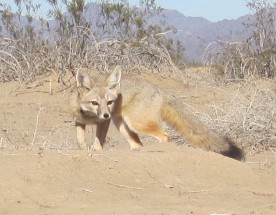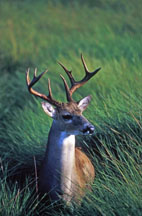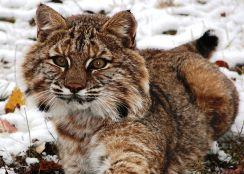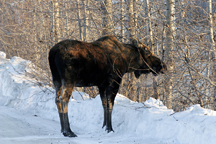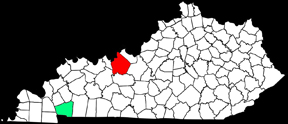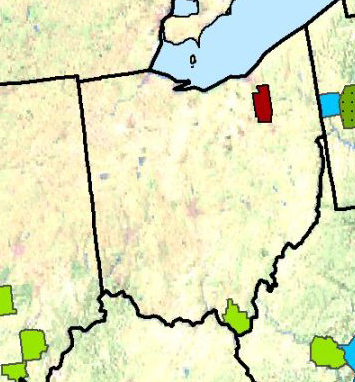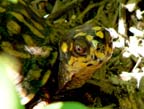 An “alarming number” of tiny box turtles have been found dead in Maryland during a highway-construction relocation study, The Washington Post reports. The cause of death for 26 of the 31 turtles found dead is ranavirus, which shows measles- or herpes-like symptoms in reptiles and amphibians, the article reports.
An “alarming number” of tiny box turtles have been found dead in Maryland during a highway-construction relocation study, The Washington Post reports. The cause of death for 26 of the 31 turtles found dead is ranavirus, which shows measles- or herpes-like symptoms in reptiles and amphibians, the article reports.
The virus has also effected local frogs and salamanders, but turtles are the big concern because they breed much more slowly, the article says.
Scott Smith, a wildlife ecologist for Maryland’s Department of Natural Resources, is quoted in the article twice, including:
Smith of the Natural Resources Department said state wildlife officials are so concerned that they have applied for research funding from the Association of Reptile and Amphibian Veterinarians. State budgets are too strapped to fund the necessary research, he said.
Read the entire Washington Post article, here. It includes a link to a video of a gasping box turtle. Seriously.
This Extinction Countdown blog post from Scientific American from 2010, points to these journal articles on ranavirus:
2010 – Animal Conservation
Archives of Virology
Journal of Wildlife Diseases
Photo: Box turtle by Laura Perlick, courtesy of US Fish and Wildlife Service

